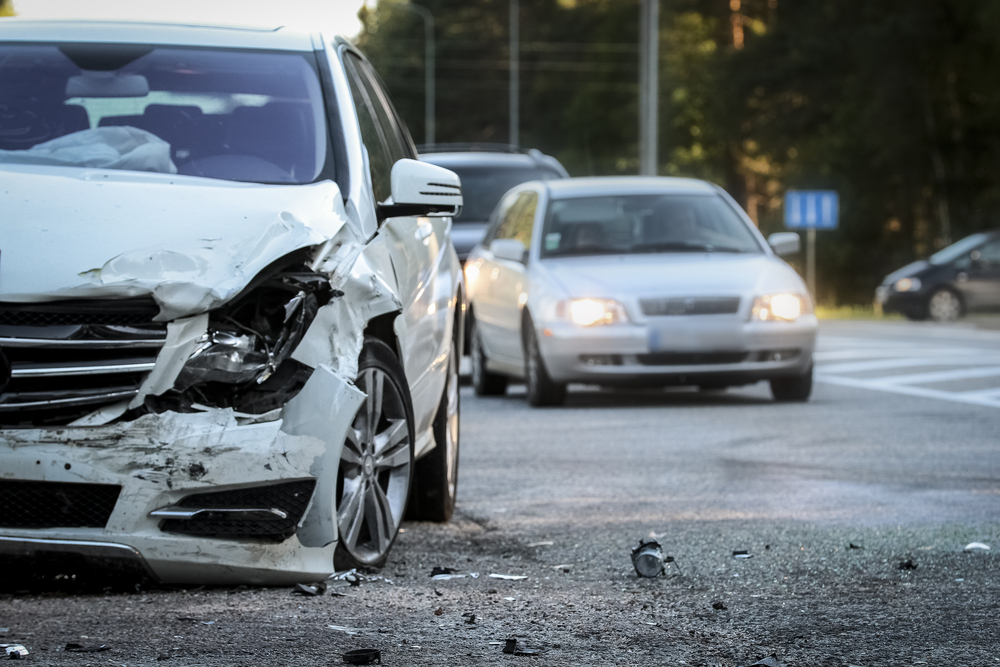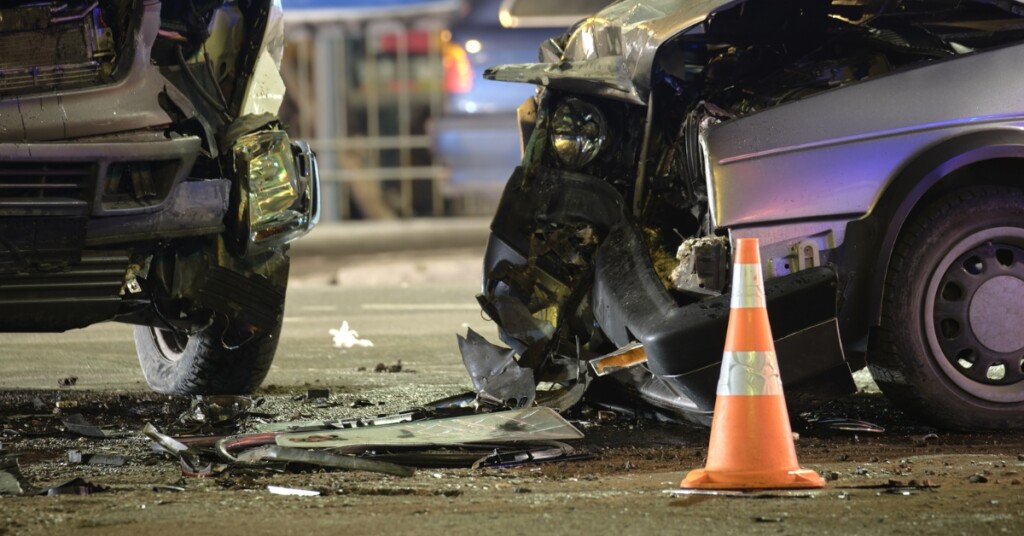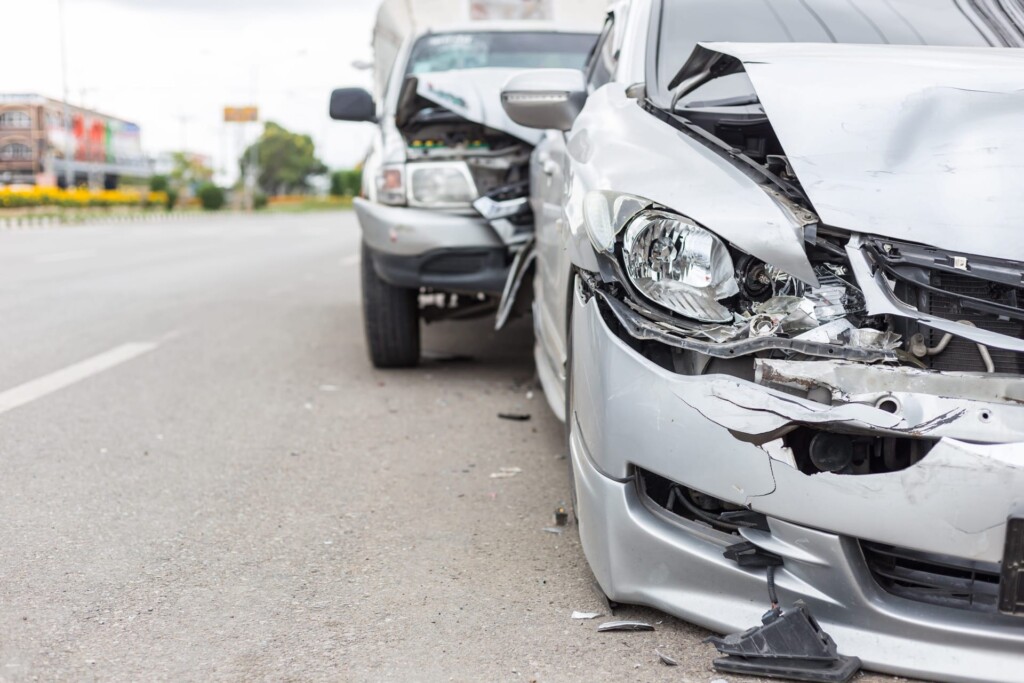
Learning to drive is an important milestone, but the first year behind the wheel can be particularly risky. In Ohio, novice drivers, especially teens, face greater scrutiny and legal restrictions. If an accident occurs during this initial period, the consequences can be significantly different than those for more experienced drivers.
If you or someone you love has suffered injuries in a first-year driving accident in Ohio, you should get legal representation from our proven and experienced auto accident lawyers at The Henry Law Firm. We will fight to recover the largest possible compensation for your injuries and losses.
Ohio’s Graduated Driver Licensing (GDL) Program
The Licensing Stages
Ohio implements a Graduated Driver Licensing (GDL) system for new drivers under the age of 18. This system is designed to ease novice drivers into full driving privileges.
Temporary Instruction Permit Identification Card (TIPIC):
- Issued to drivers at age 15½ after passing a written knowledge test.
- Requires supervised driving with a licensed adult.
Probationary Driver’s License:
- Issued after passing a road test.
- Available to drivers aged 16 and up with 50 hours of practice (including 10 at night).
- Comes with restrictions: curfew limits, passenger limits, and zero-tolerance for alcohol/drugs.
Full Unrestricted License:
- Granted at age 18 or after meeting all GDL requirements without violations or suspensions.
Increased Risk and Scrutiny in the First Year
The first year of driving is when most crashes involving teens occur. Inexperience, distractions, and overconfidence are key contributing factors. New driver accident laws in Ohio and insurance protocols are built around this reality.
According to researchers, teenagers, especially those in their first year of licensed driving, are significantly more likely to be involved in crashes than older, more experienced drivers. Among all age groups, 16-year-olds have the highest rate of serious crashes—about 34.5 per million miles driven.
That number drops to 20.2 for 17-year-olds and 13.8 for 18-year-olds. In comparison, drivers in their twenties have a rate of 7.8, and those between the ages of 30 and 69 have an even lower rate of just 3.9 per million miles. These statistics highlight the elevated risk associated with inexperienced teen drivers.

Ohio First-Year Driving Accident Consequences
If You Are At Fault
Being found at fault in an accident as a first-year driver can have serious repercussions:
Traffic Citations and Points:
- Common citations include failure to yield, following too closely, distracted driving, and speeding.
- Accumulating two or more moving violations under age 18 may lead to license suspension.
License Suspension or Restrictions:
- Courts may impose additional restrictions or a complete suspension.
- For severe violations, driving privileges may be revoked.
Juvenile Court Involvement:
- If under 18, cases may be handled in juvenile court, which focuses more on rehabilitation but still imposes consequences.
Insurance Implications
Higher Premiums for First-Year Drivers
Auto insurance for new drivers in Ohio is expensive due to high risk. An accident in the first year can raise rates substantially.
Immediate Impact:
- Premiums can increase 50% or more after a first accident.
- Even if the accident is minor or not the driver’s fault, some insurers may still raise rates.
Long-Term Impact:
- Accident records remain on file for 3–5 years.
- A pattern of claims may lead to policy cancellation or non-renewal.
Insurance Requirements in Ohio
Ohio law requires the following minimum auto insurance coverage:
- $25,000 for bodily injury per person
- $50,000 for total bodily injury per accident
- $25,000 for property damage
Liability and Parental Responsibility
In Ohio, parents or guardians who co-sign for a minor’s TIPIC or license are financially liable for damages their child causes in an accident.
Ohio Revised Code § 4507.07
- This statute requires a co-signer to assume responsibility for financial losses or injuries caused by a minor driver.
- Liability continues until the driver turns 18 or the co-signer formally withdraws responsibility.
This can make the financial stakes very high for families if a serious accident occurs.
Driver Remediation and Education Programs
If a first-year driver causes an accident or receives traffic violations, they may be required to complete a driver safety course.
Juvenile Driver Improvement Program (JDIP):
- Mandated after certain violations for drivers under 18.
- Failure to complete results in license suspension.
Remedial Driving Course:
- May be court-ordered for serious violations.
- Completion may reduce points or shorten suspension.
Accidents Involving Serious Injury or Death
When an accident leads to serious injury or fatality, the legal consequences escalate:
Felony Charges:
- Reckless operation or vehicular manslaughter may be charged.
- Penalties can include jail time, heavy fines, and long-term license revocation.
Civil Lawsuits:
- Injured parties can sue for damages, pain and suffering, lost wages, and future medical care.
- Parents may also be named in civil lawsuits due to co-signer liability.
Special Considerations for Commercial and Ride-Share Accidents
If a first-year driver is involved in a crash with a commercial vehicle or while using ride-share services:
- Higher Liability Thresholds: Commercial insurers may fight hard to avoid large payouts.
- Complex Insurance Layers: Multiple policies may be in play (e.g., ride-share company coverage + driver’s own policy).
- Legal Complexity: Disputes may arise over fault, coverage limits, or damages.
These situations almost always require professional legal intervention.
Steps to Take After an Accident with a Teen Driver
Anyone involved in a car accident with a teen driver should follow these steps:
- Prioritize Safety:
- Move vehicles to a safe area if possible.
- Turn on hazard lights.
- Call 911:
- Report injuries or significant property damage.
- Ask for a police report as it helps in future claims.
- Document the Scene:
- Take photos of the vehicles, road conditions, and injuries.
- Get names, insurance info, and contact details of others involved.
- Notify the Insurance Company:
- Promptly report the accident.
- Stick to the facts; don’t admit fault prematurely.
- Seek Medical Attention:
- Even minor aches could signal serious injuries.
- Keep records of treatment for the insurance claim.
- Consult a Car Accident Lawyer:
- An Ohio car accident attorney can guide you through liability and damages issues and represent you in settlement negotiations or an injury lawsuit.
Common Causes of Teenage Driver Accidents in Ohio
Teenage drivers in Ohio face a heightened risk of accidents due to inexperience, distractions, and poor decision-making under pressure. These crashes are usually preventable but occur because of a combination of risky behaviors and lack of real-world driving exposure.
- Inexperience Behind the Wheel: Young drivers often misjudge distances, struggle with speed control, and panic in high-pressure traffic situations.
- Distracted Driving: Phone use, texting, eating, or interacting with friends are leading causes of teen-related crashes.
- Speeding and Reckless Driving: Teens may speed or fail to adjust to road conditions, especially in bad weather or on curves.
- Peer Pressure and Risk-Taking: With friends in the car, teens are more likely to show off or take unnecessary risks.
- Driving at Night: Reduced visibility and fatigue increase crash risks during nighttime driving, particularly after 9 p.m.
Preventing First-Year Driving Accidents
Families and new drivers can reduce the risk of an early accident through these proactive steps:
- Strict Adherence to GDL Restrictions: Avoid late-night driving and carrying peer passengers.
- Ongoing Supervised Driving Practice: Even after licensure, continued practice with an adult builds experience.
- Use of Technology: Apps that monitor speed and phone use can keep habits in check.
- Defensive Driving Courses: Voluntary programs teach drivers how to anticipate and avoid road hazards.

Frequently Asked Questions on Teen Driver Injury Claims in Ohio
While most teen driver accidents follow typical liability rules, some scenarios raise unique legal and insurance questions.
Can Parents Be Held Liable for a Teen’s Accident?
Yes. Under Ohio’s “family purpose doctrine,” a parent who owns the car and allows their teen to drive it may share liability, even if they weren’t present.
What if the Teen Was Driving Without a License or Permit?
Driving without a valid license is illegal and can significantly impact the claim. Insurance coverage may be denied or limited, and the teen could face criminal charges.
Can a Passenger in the Teen’s Car Sue Them?
Yes. Even if it’s a friend or sibling, injured passengers have the right to pursue a claim against the teen driver’s insurance policy.
Does a Teen’s Driving Record Affect the Claim?
Yes. A history of prior violations can be used to show a pattern of negligence, strengthening the injured party’s case.
Injured by a Teen Driver? Call The Henry Law Firm Today
At The Henry Law Firm, we understand that accidents involving teenage drivers can have devastating physical, emotional, and financial consequences for the injured victims. We approach every case with a trial-ready strategy.
From uncovering critical evidence to countering insurance company tactics, our Ohio car accident lawyers are focused on maximizing your financial recovery while ensuring you receive the personalized, compassionate support you need during a difficult time.
Our approach is deeply client-centered. We believe in transparency, collaboration, and mutual understanding. When clients are informed and engaged, they become powerful allies in their own cases. We won’t talk down to you; we will talk with you.
If we don’t win your case, you don’t pay us a dime. Let’s work together to pursue the justice and compensation you are owed. To schedule your free consultation, call us at 440-291-0937 or contact us online.








